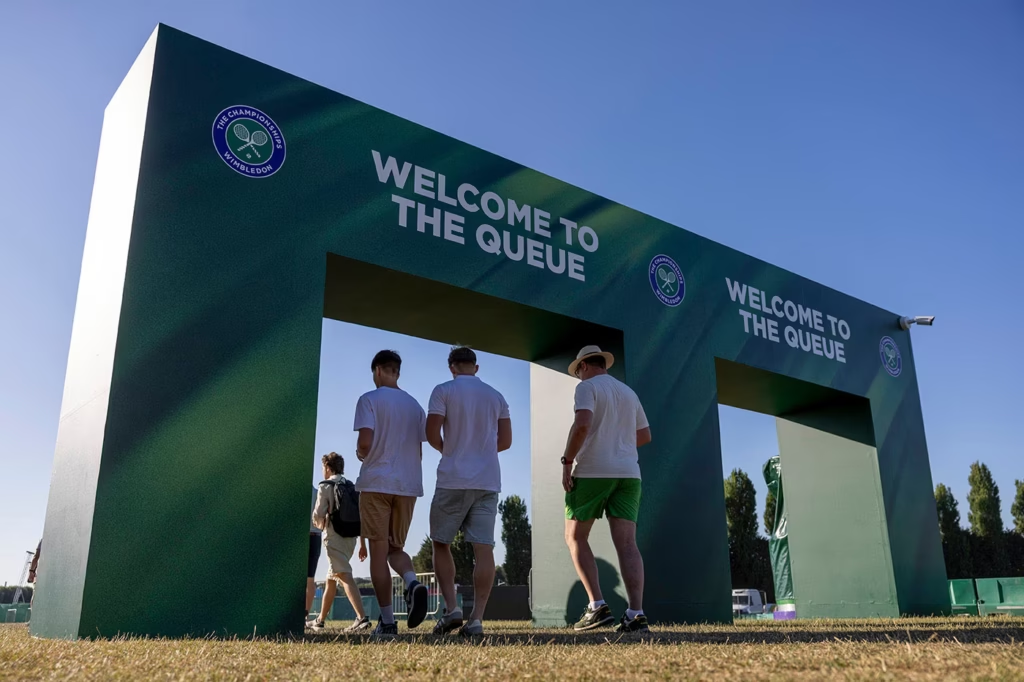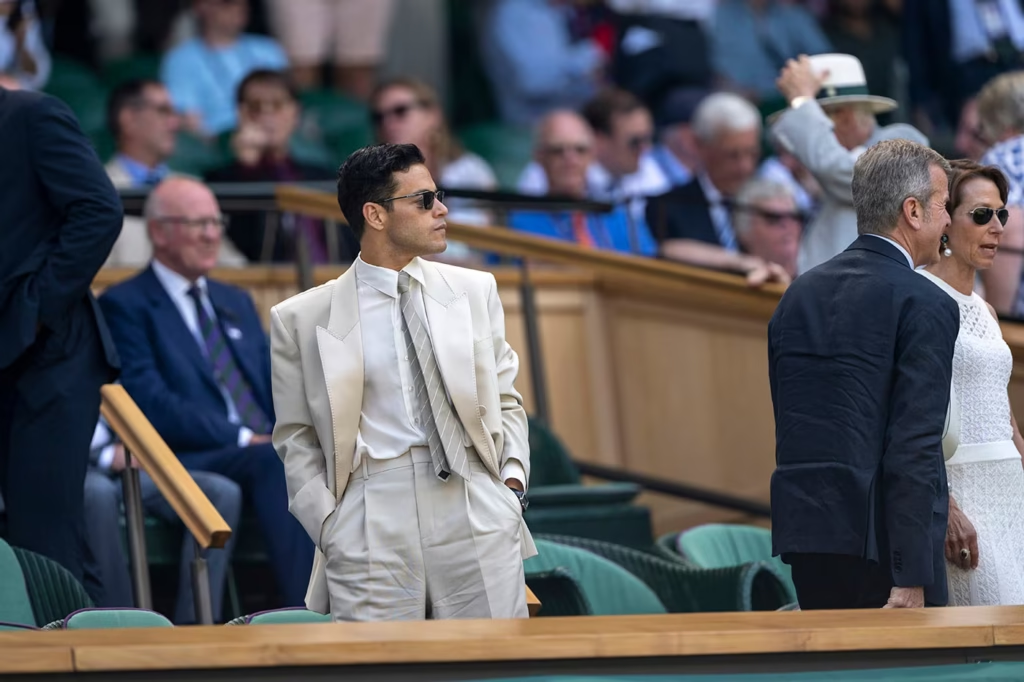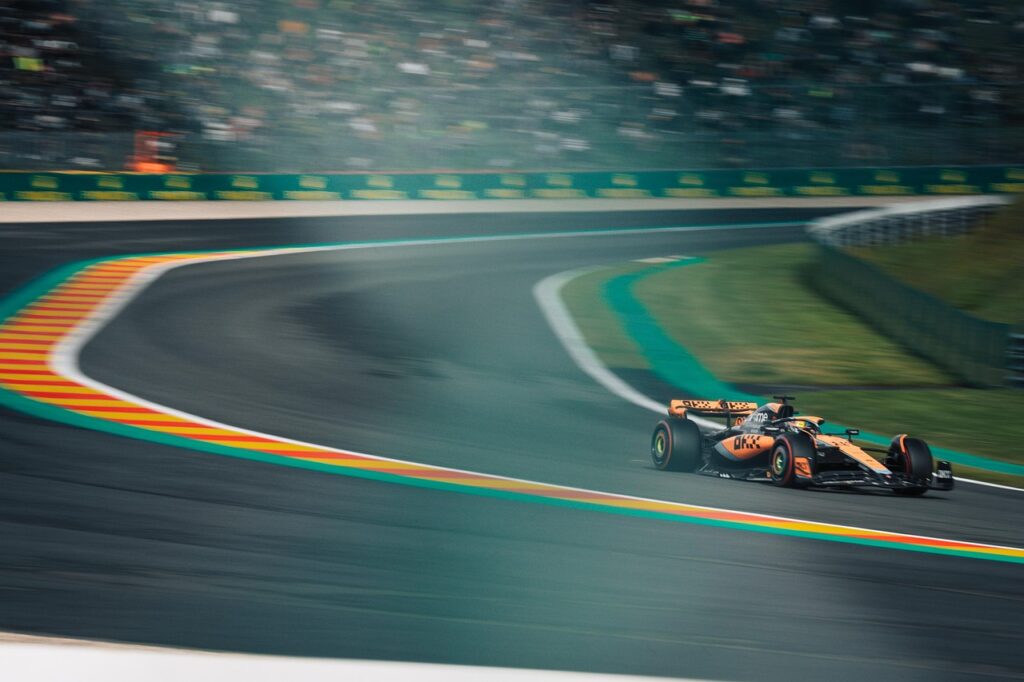
A Glamorous Gathering… or a Distraction?
Wimbledon remains one of the world’s most artfully composed sporting events, not only for the tennis, but for its cultural intersection of fashion, fame, and ritual.
The Royal Box drew international attention with appearances from David Beckham, Keira Knightley, Cate Blanchett, Edward Norton, Olivia Rodrigo, and Anna Wintour, among others, alongside royal patrons like Kate Middleton and Princess Charlotte. These sightings reaffirmed Wimbledon’s status as both a sporting and style landmark. Yet a growing chorus of criticism led notably by Indian actress Sophie Choudry, warned of Wimbledon becoming a photo-op akin to the Cannes Film Festival, where content creation overshadowed the sport. Choudhry urged against turning Centre Court into a runway, cautioning social media influencers and celebrities against detracting from the essence of the tournament. Still, for many fans, the celebrity presence adds sparkle without detracting from the experience. According to GQ, Wimbledon’s court-side chic remains effortlessly elegant, grounded in tradition rather than viral spectacle.

Fans vs. High-Profile Attendees: An Uneasy Balance

The rift between everyday spectators and celebrity guests was highlighted this year in discussions around access and authenticity.
While fans queue for hours, sometimes days for the chance at a Centre Court ticket, social media users questioned the value of glamorous attendees who benefit from hospitality packages or guest credentials. Fans recount that the physical queue, despite its challenges, fosters community. Long-time queuers describe making lifelong friends, sharing stories, and forming Wimbledon memories as meaningful as the tennis itself. Proposed changes, such as moving to a virtual queue system, have been met with resistance. Many argue it would undermine the democratic ethos of the process, privileging digital access over presence and commitment.

The Queue Tradition: Enduring or Endangered?
Wimbledon’s on-the-day ticket queue is one of the last holdouts from an earlier era of sport, a live, unpredictable, and communal ritual.
Fans camp overnight for queue positions, sometimes waiting over ten hours on opening day. Queue cards, wristbands, and stewarded order help manage up to 120,000 admissions over the fortnight; a logistical feat Wimbledon organizes with minimal friction. However, delays in bag checks and inconsistent steward communication have occasionally drawn complaints of overcrowding, frustration, and exhaustion, even prompting public apologies from tournament officials in previous years. While alternative ticketing methods have been proposed, many loyal spectators especially multi-year queuers, emphasise that the physical experience is both tradition and meritocracy, and the Southern English ritual is part of Wimbledon’s identity.
The Takeaway
While celebrity allure adds glamour, it can also spark debate over priorities; fashion vs. competition, spotlight vs. sport and for many tennis traditionalists, the queue represents access, community, and tradition elements that a purely digital ticketing system couldn’t replicate. Wimbledon 2025 highlighted both extremes: the allure of a star-studded audience and the dedication of true fans waiting for a chance to stand or sit courtside.
Wimbledon’s identity, its hush, heritage, grass, and queue, remains intact. Whether tradition prevails or gives way to new models remains one of the sport’s most compelling tensions.


